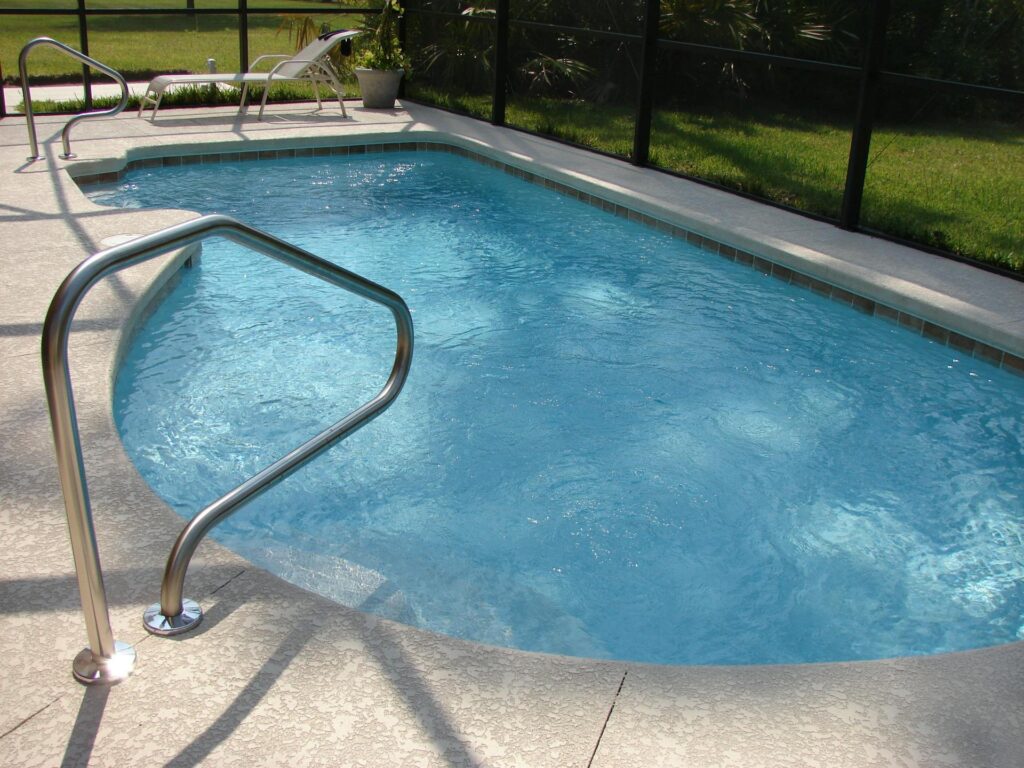When designing a small pool, one of the most crucial yet often overlooked considerations is its depth. Choosing the right depth can greatly impact the pool’s usability, safety, and aesthetics. Whether you are building a compact plunge pool, a relaxation pool, or a small lap pool, striking the right balance ensures an optimal swimming experience.
The Importance of Proper Depth Planning
Unlike large pools, where varying depths can accommodate different activities, small pools require careful planning to maximise functionality without compromising comfort and safety. The depth of your pool should align with its intended use, ensuring that it serves your needs effectively while maintaining an appealing design.
Balancing Usability and Functionality
The depth of a small pool plays a key role in how it will be used. Here are some common depth considerations based on different pool purposes:
- Plunge Pools: These pools are primarily designed for relaxation and cooling off rather than active swimming. A depth of around 1.2 metres (4 feet) is ideal, allowing users to comfortably stand and move around while still feeling immersed in the water.
- Lap Pools: If your small pool is intended for fitness purposes, a uniform depth of around 1.2 to 1.5 metres (4 to 5 feet) allows for efficient movement without unnecessary resistance from deep areas.
- Family-Friendly Pools: For households with children, a shallow depth of around 1 to 1.2 metres (3.3 to 4 feet) ensures safety while still allowing for enjoyable play.
- Social and Lounge Pools: If the pool is primarily for social gatherings, incorporating a shallower lounging area of around 0.9 to 1 metre (3 to 3.3 feet) can provide a comfortable space to sit, chat, and relax in the water.
Safety Considerations
Ensuring a safe environment is a priority when selecting the depth of a small pool. A depth that is too deep may pose a risk for young children or non-swimmers, while a depth that is too shallow can limit the pool’s versatility. Here are some safety aspects to consider:
- Non-Slip Surfaces: Regardless of depth, a pool should have a non-slip surface to prevent accidents.
- Gradual Slopes: A gentle transition between different depths can enhance usability and prevent sudden drops.
- Step Entry Points: Incorporating steps or a bench area makes it easier for all users to enter and exit safely.
Enhancing Aesthetics and Comfort
A well-planned pool depth contributes to the overall look and feel of the space. A pool that is too deep can create a shadowy, enclosed effect, while a shallower design allows for a brighter, more inviting aesthetic. Additionally, a shallower pool can heat up more efficiently, providing a more comfortable swimming experience without requiring excessive heating costs.
Conclusion
Selecting the right depth for your small pool is crucial to ensuring an enjoyable, functional, and safe swimming environment. By carefully considering your pool’s primary purpose, safety features, and aesthetic appeal, you can create a space that perfectly suits your needs. Whether for relaxation, fitness, or socialising, finding the perfect balance in pool depth makes all the difference in maximising the benefits of your small pool.

